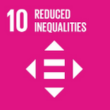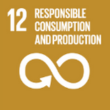Our contribution…
Our Green IT policies focus mainly on reducing energy consumption, the adequate disposal of IT equipment, the efficient use of technological resources, the responsible use of printing and the training of these practices in the community, contributing to a more sustainable environment and economic.




